10 Site Retargeting Statistics for B2B Marketers
Did you know that most website visitors leave your site without converting, even when they are target prospects from your IAP accounts (ideal account profile)? In fact, left to their own devices, 97% of website visitors that leave your site will never return. Retargeted ads help B2B marketers to re-engage prospects who have visited their website but not filled out a form, improving brand awareness and conversion rates for website visitors.
Keep reading for 10 statistics on why and how to best use retargeting for B2B marketing.
WHY RETARGETING:
1. Retargeting can increase website visits by 700%.
Retargeting accelerates all stages of top-of-funnel engagement, leading to 147% higher average conversion rates, 500% growth of branded search results, and 700% higher site visits.
2. Retargeted visitors are 70% more likely to convert on a website compared to those who aren’t targeted for the second time.
Compared to prospects who are visiting your site for the first time, retargeted site visitors are 70% more likely to fill out a form on your website, due to the increased nurturing and engagement provided by your retargeting ad program.
3. B2B retargeting outperforms B2C by almost 150%.
B2C companies may have been the first to adopt retargeting, but B2B marketers have good reason to jump on the bandwagon. The results for B2B retargeting actually outshine those for B2C, with 147% higher clickthrough rates for B2B retargeted ads versus B2C ads.
4. 88% of marketers say site retargeted ads perform “at least as well or better than other outbound channels.”
When compared to other outbound channels, including search retargeting, email retargeting, and display advertising, the majority of marketers say that retargeting performs at least as well or better.
5. 68% of marketing agencies have retargeting budgets
68% of marketing agencies have budgets that include money specifically allocated for retargeting ad programs, including branding agencies with budgets dedicated specifically to retargeting for branding purposes.
BEST PRACTICES:
6. Retargeting works synergistically with other marketing strategies to improve outcomes across multiple channels.
Retargeting is best run synchronously with other outbound marketing strategies. Using retargeting alongside outbound advertising tactics increases customer acquisition by up to 50%, showing how retargeting can improve outcomes across multiple advertising channels.
7. More engaging ad types (such as personalized ads, rich media and videos) increase conversion rates from your ads by 70%.
Running more engaging ad types such as personalized ads & intent data, as well as rich media and video ads, increases prospect engagement sharply over standard retargeted ads, with conversion rates increasing by up to 70% compared to standard ad types.
8. CTR for retargeting ads decreases sharply at the 5-month mark.
When the same ads are run repeatedly for a long period of time, ad fatigue can begin to set in for your prospects. Research has shown that CTR drops sharply, by almost 50%, at the 5-month mark, suggesting that ad creative should be rotated out and replaced with fresh ones by at least this point in your ad program.
9. The more retargeting ad impressions your prospect has seen, the more likely they are to convert.
Prospects who click on your retargeting ads after having seen them multiple times are almost twice as likely to convert as those who have seen your ad only once – an increase in conversion which increases across the first five to six ad impressions! However, this trend does not continue indefinitely, which (along with budget constraints) is why we cap the number of ads served per prospect per month.
10. For best results, each retargeted prospect should be served an average of 17-20 retargeting ads per month.
The optimal frequency for ad serving for a retargeting ad program is about 17-20 ads per user per month. However, this could change slightly depending on your industry and the nature of your ad programs.
Liz Mallett • May 28, 2021


